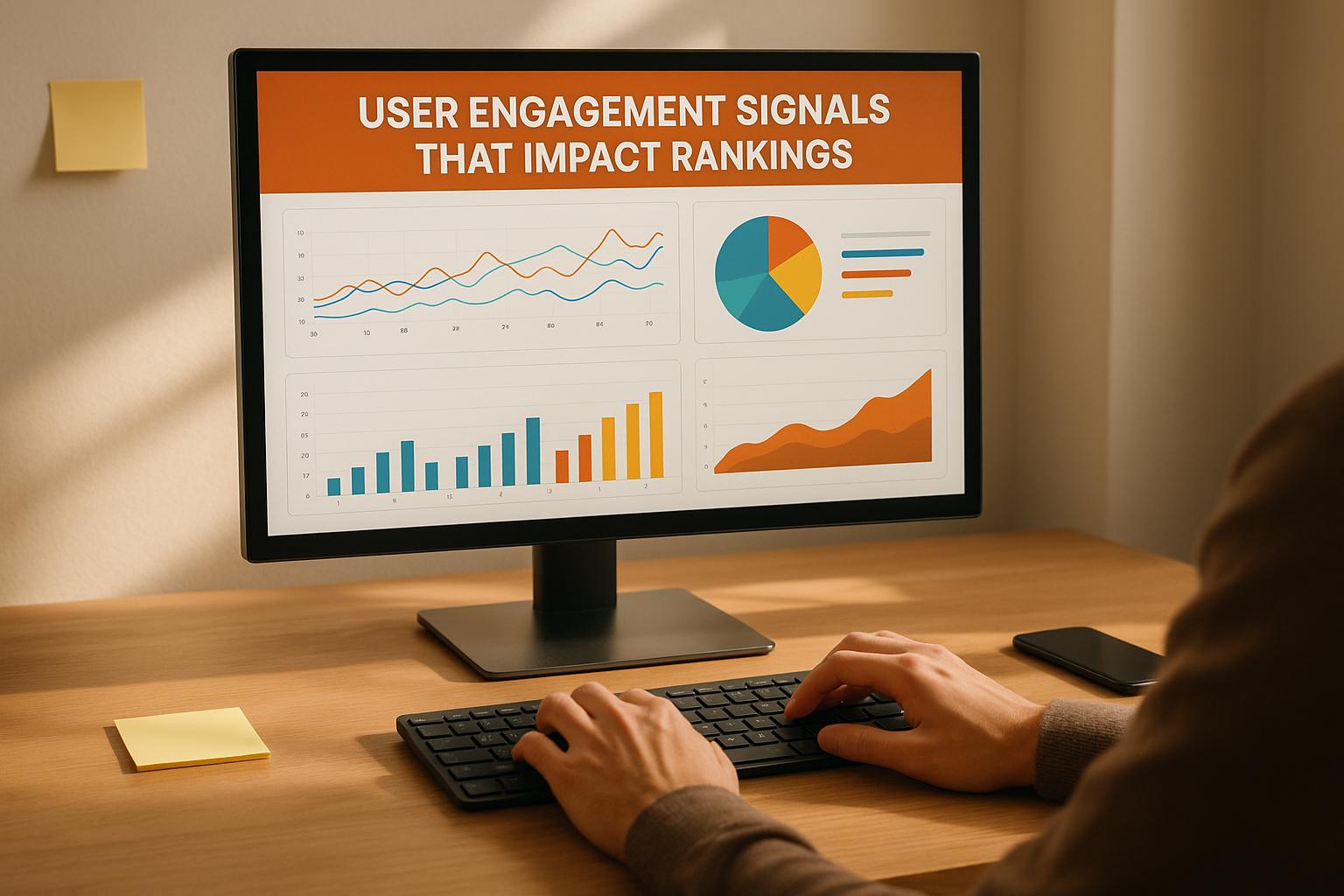

Smart Shopify SEO Optimization Tips

Smart Shopify SEO Optimization Tips
 19-05-2025 (Last modified: 19-05-2025)
19-05-2025 (Last modified: 19-05-2025)
Shopify is a fantastic platform for launching an online store. It’s clean, flexible, and packed with built-in features. But when it comes to Shopify SEO optimization, many store owners hit a wall.
They’re left wondering:
-
“Why isn’t my store showing up on Google?”
-
“Why is organic traffic so low?”
-
“Do I need to install 12 apps just to rank?”
If that sounds familiar, you’re not alone.
This guide is here to help you fix that, with practical, up-to-date strategies that work. You’ll learn how to optimize your Shopify store for search engines, drive more qualified traffic, and ultimately, grow your sales without relying solely on paid ads.
Let’s dive in…
Why Shopify SEO Optimization Matters
Search traffic isn’t just free, it’s high intent. These are people actively looking for the products you sell. But if your store isn’t properly optimized, they’ll never find you.
Here’s why Shopify SEO optimization is critical:
-
It reduces your dependence on paid ads
-
It brings long-term, compounding traffic
-
It increases brand visibility and trust
-
It boosts conversions by attracting buyers, not browsers
And unlike ads, SEO keeps working even while you sleep.

Common Shopify SEO Challenges
Before we get into fixes, let’s look at the typical roadblocks store owners face:
-
Duplicate content caused by product variants and URL structures
-
Limited control over site hierarchy and internal linking
-
Missing metadata on product pages and collections
-
Slow site speed due to unoptimized themes and heavy apps
-
Thin content that doesn’t give Google or customers enough context
-
Lack of backlinks or domain authority
The good news? All of these are fixable, with the right strategy.
1. Start With Smart Keyword Research
You can’t optimize if you don’t know what to target.
Use tools like:
-
Ubersuggest – Great for beginners
-
Google Search Console – See what you already rank for
-
Autocomplete and “People also ask” – Free insight straight from Google
Look for:
-
Long-tail keywords (e.g. “vegan leather crossbody bag”)
-
Commercial intent phrases (e.g. “buy running shoes online”)
-
Product-specific search terms
-
Low-difficulty opportunities for quick wins
Add keywords to your product titles, meta descriptions, headers, alt tags, and body content – naturally, of course.
2. Optimize Product Pages Properly
Each product page is an SEO asset so don’t treat them like afterthoughts.
Key elements to optimize:
-
Page titles: Include your main keyword and a hook (e.g. “Handmade Ceramic Mug – Dishwasher Safe | YourBrand”)
-
Meta descriptions: Entice clicks with benefits, not just features
-
Alt text for images: Describe the product using relevant keywords
-
Product descriptions: Write original, keyword-rich content (don’t copy manufacturer text)
-
URL structure: Keep it short and readable (e.g.
yourstore.com/products/silk-pillowcase)
Pro Tip: Use PageTest.AI to test different headlines or product copy and see what drives more clicks or conversions.

3. Improve Your Shopify Site Structure
Google (and your users) love a logical, easy-to-navigate site.
Best practices:
-
Use clear, keyword-rich collections (e.g. “Eco-Friendly Kitchenware”)
-
Link related products together
-
Keep the structure shallow: no page more than 3 clicks from the homepage
-
Use breadcrumb navigation to aid both UX and SEO
Your navigation should guide users, and search engines, through your site without confusion.
4. Speed Matters – A Lot!
Slow-loading sites hurt SEO and sales.
Speed optimization tips:
-
Compress images using tools like TinyPNG or Crush.pics
-
Remove unused Shopify apps
-
Use a fast, lightweight theme (like Dawn)
-
Enable lazy loading for product images
-
Use Shopify’s built-in Online Store Speed Report
A one-second delay in load time can reduce conversions by up to 20% so don’t ignore this.
5. Fix Technical SEO Issues
Shopify generates a lot of content automatically and not all of it’s search-friendly.
Key technical fixes:
-
Set up canonical tags to prevent duplicate content
-
Create and submit your sitemap.xml in Google Search Console
-
Create a robots.txt file (Shopify now allows edits)
-
Redirect broken or outdated URLs using the built-in URL redirect tool
-
Use tools like Ahrefs, SEMRush, or Screaming Frog to run a full audit
If it sounds too techy, many of these can be handled by SEO-focused apps (more on that next).
6. Use SEO-Friendly Shopify Apps
Some apps bloat your store. Others are essential. Here are a few worth considering:
| App | Purpose |
|---|---|
| PageTest.AI | A/B test product headlines, CTAs, layouts |
| Plug in SEO | Detects common SEO issues |
| SEO Manager | Helps edit titles, tags, and redirects |
| Smart SEO | Automates metadata, image alt text, and sitemaps |
| Crush.pics | Compresses images for better speed |
Apps won’t fix everything but they’ll save you a ton of time.
7. Start a Blog (Yes, Really)
Shopify has a built-in blogging engine so use it to target long-tail keywords, answer buyer questions, and drive organic traffic.
Topic ideas:
-
How-to guides using your products
-
Product comparisons
-
Gift ideas and seasonal content
-
Behind-the-scenes of your brand
Blog content boosts topical authority, helps build backlinks, and creates new entry points to your store.
8. Track Your Results
Set up Google Search Console and Google Analytics 4 to monitor traffic, rankings, and behaviour.
Use PageTest.AI to test:
-
Meta descriptions (which version gets more clicks?)
-
Page layouts (does one design convert better?)
-
CTAs (“Add to Bag” vs. “Buy Now”)
SEO is never “done”— the stores that win are the ones that test, tweak, and improve constantly.
Final Thoughts
Shopify SEO optimization isn’t about hacks or tricks. It’s about building a store that loads fast, speaks to your audience, and makes it easy for both search engines and humans to understand what you offer.
From keyword research and product page copy to site speed and structured data, every small tweak adds up.
And when you’re ready to go beyond theory and test what actually works, tools like PageTest.AI make it easy to optimise with confidence, without relying on guesswork.
Want to start improving your SEO today?
Try PageTest.AI for free and test your way to higher rankings, more traffic, and better sales.
say hello to easy Content Testing
try PageTest.AI tool for free
Start making the most of your websites traffic and optimize your content and CTAs.
Related Posts

 13-12-2025
13-12-2025
 Becky Halls
Becky Halls
The Biggest Marketing Shifts Coming in 2026: What Actually Matters Now
2026 isn’t bringing “the future of marketing.” It’s bringing the correction. The dust is finally settling after years of AI noise, platform changes, and search unpredictability. And we’re now seeing what actually sticks, and the shifts that will shape how marketing teams operate for the next decade… These aren’t trends for trends’ sake. They’re structural […]

 13-12-2025
13-12-2025
 Ian Naylor
Ian Naylor
User Engagement Signals That Impact Rankings
How CTR, dwell time, bounce rate and pages-per-session influence SEO rankings — and practical steps (UX, titles, testing) to improve engagement.

 12-12-2025
12-12-2025
 Ian Naylor
Ian Naylor
AI-Driven Mobile Segmentation with Real-Time Data
AI mobile segmentation turns real-time behavioral, contextual, and transactional signals into dynamic user groups that boost personalization, retention, and conversions.
